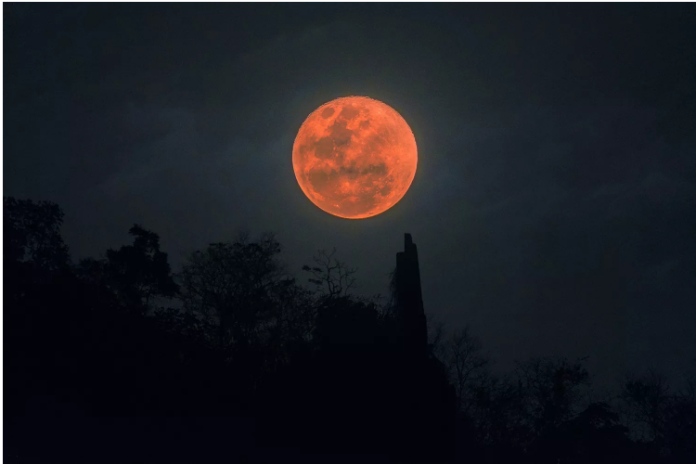Eclipse season is here! The first total lunar eclipse of the year will grace the night sky from the evening of March 13 through the early hours of March 14.
According to NASA, a lunar eclipse happens when the Sun, Earth, and Moon align, causing the Moon to pass through Earth’s shadow. During a total lunar eclipse, the Moon moves through the darkest part of Earth’s shadow—the umbra—taking on a red-orange hue, earning it the nickname “Blood Moon.”
Unlike a solar eclipse, which is only visible for a few minutes in select locations, a total lunar eclipse lasts for several hours and can be seen from larger regions of the world, according to the National Weather Service. Additionally, lunar eclipses occur more often than solar eclipses and are safe to view with the naked eye.
This upcoming event is particularly special, as it marks the first total lunar eclipse since November 2022, making it a rare celestial phenomenon.
In astrology, eclipses are associated with transformation and revelation. Astrologer Valerie Mesa explains that this lunar eclipse is “all about illumination and powerful endings,” bringing hidden truths to light and encouraging people to let go of what no longer serves them.
Here’s everything you need to know about where and when to catch this stunning celestial event. Stay tuned for more details on visibility regions and timings!









